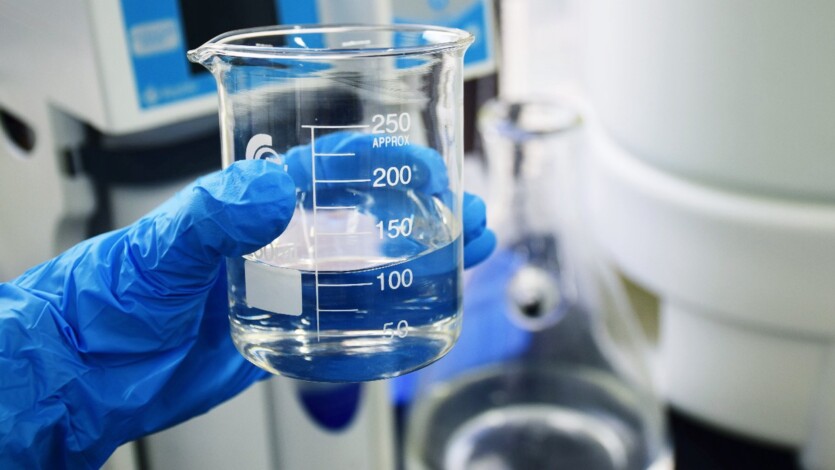
Researchers from Hong Kong Polytechnic University in search of ways to improve systems water desalination created an aerogel that is more efficient in desalination than existing systems.
Our planet is about 71% water. However, 97% of this water is found in the oceans. That leaves only 3% of fresh water, most of which is is frozen in the form of glaciers. Thus, rivers and streams are the main sources of drinking water for humanity, accounting for only 0.3% of the total volume of water on the planet.
The already scarce amount of water we have is also under threat from climate change, urbanization, pollution and a growing global population. More than 2 billion people live in places where the key water source has been contaminated.
Pathogenic microbes in water are the causative agents of such dangerous diseases as cholera, diarrhea, dysentery, polio, and typhoid fever. In such conditions desalination of seawater is one of the most promising options. One method involves the use of porous materials that absorb water that evaporates as a result of heating under the sun. However, the problem with most of solar-powered evaporators is that they are very difficult to scale.
Performance decreases with size because less water vapor can pass through materials with small pores and thick walls. However, a team of researchers led by Xi Shen of the Hong Kong Polytechnic University seems to have found a solution. The aerogel created by Chinese researchers is much more efficient at desalinating water than similar methods.
«The key factors that determine the evaporation efficiency of porous evaporators are heat localization, water transfer and vapor transfer. Significant advances have been made in the design of evaporators, allowing for highly efficient heat localization and water transfer», — explains Xi Shen.
Solar energy remains the most convenient for the process of water evaporation. Many attempts have been made to develop specialized photothermal materials. Light striking these materials is converted into heat, which is used to accelerate evaporation.
Photovoltaic materials can be made of polymers, metals, alloys, ceramics, or cement. Hydrogels have previously proven to be effective in desalination and water disinfection. However, they are polymers designed to retain water, which has a negative impact on for efficiency and stability, unlike aerogels, which are made of polymers that retain air.
Aerogels are more rigid than hydrogels, which allows not only water but also water vapor to seep through their pores. The only obstacle to the development of these materials was their tendency to decrease in efficiency with increasing scale.
The sponge aerogel, printed on a 3D printer in layers of a paste containing carbon nanotubes and cellulose nanofibers, had thin boundaries between long, evenly distributed microscopic pores. This made it possible to increase the yield of steam. Each layer was also frozen immediately after printing so that it would remain solid when the next layer was printed.
The researchers tested the aerogel by adding it to a cup of seawater covered with a curved lid made of transparent plastic. Penetrating through the plastic, sunlight heated the aerogel, and the water vapor evaporated and condensed on the lid, flowing into a funnel that drained the water into a separate container.
The capacity of their system was about 3 tablespoons of drinking water. But because this aerogel is durable and allows for scaling without sacrificing efficiency, it has the potential for greater use. Shen and his team will continue to refine and scale their method.
«Although I can’t give you an exact answer to the question of how often the aerogel needs to be changed, as this work is still at an early stage, we are already planning to conduct real-world trials to evaluate its long-term effectiveness», — Xi Shen said.
The results of the study are published in the journal ACS Energy
Source: ArsTechnica

Spelling error report
The following text will be sent to our editors: